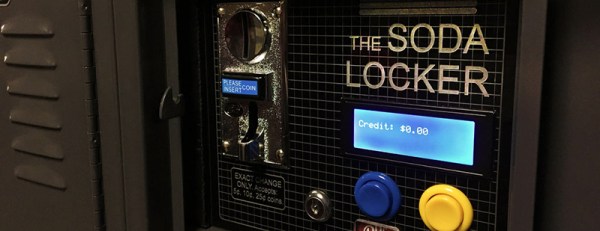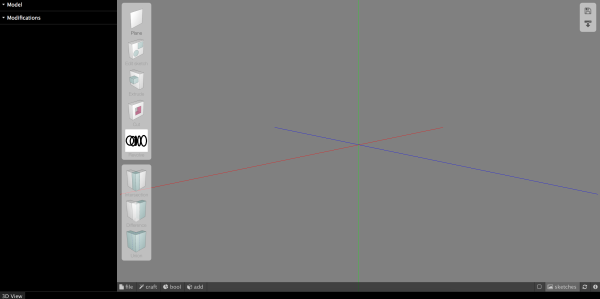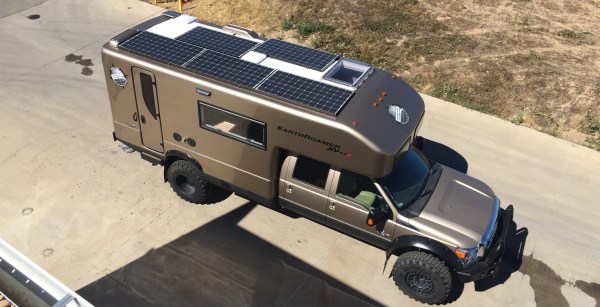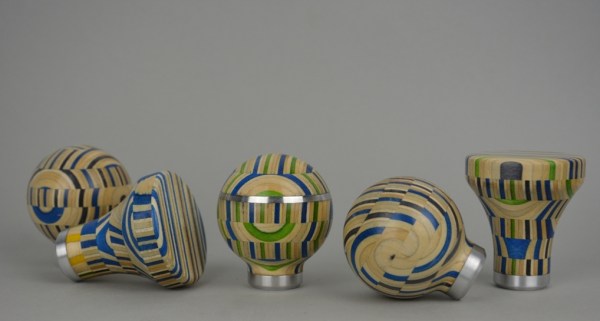Everyone knows accordions are cool — they look fly, make neat noises, and get your romantic interests all hot and bothered. What isn’t cool is being relegated to acoustics only. How are you going to play a packed stadium or lay down a crystal clear track like that? You could go out and buy an electric accordion, but even low-end models carry a hefty price tag. But, this is Hackaday, and you know we’re going to be telling you about someone who found a better way.
That better way, shown in a build by [Brendan Vavra], was to take an acoustic accordion and convert it to MIDI. The base for his build was a decent full-size acoustic accordion purchased on eBay for just $150. Overall, it was in good mechanical condition, but some of the reeds were out of tune or not working at all. Luckily, that didn’t matter, since he wouldn’t be using them anyway. Don’t be fooled in the demo video below; it sounds like he’s playing the acoustic according but notice he’s not pumping those bellows! However, the bellows isn’t useless either since it can feed data back as a MIDI input.
[Brendan’s] build plan called for an Arduino Mega to be tied to a series of photo-interrupters that would detect button pushes and fire MIDI signals. But, first he had to take the thing apart — no small task, given the complexity of the instrument. The accordion has 120 buttons, and they’re not interchangeable, which means he had to carefully keep track of them as they were disassembled.
Continue reading “Acoustic Accordion Becomes MIDI; Oh The Complexity!”


















